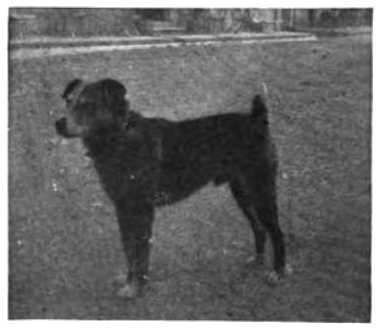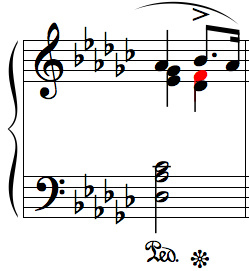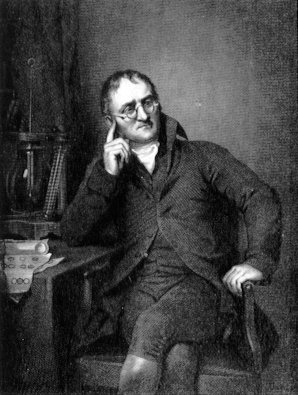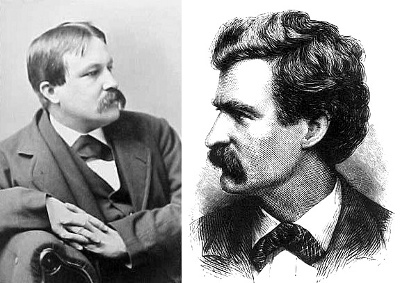
From The Strand, January 1910:
This is a portrait of a dog living at Les Praz, near Chamonix, who, in the summer of 1908, distinguished himself by climbing Mont Blanc. His master, a workman, was employed on repairs to the observatory on the summit, and one morning, after having been seen by his owner’s wife at eight o’clock, the dog disappeared. He must have rapidly tracked his master by scent, for he arrived at the summit at half-past two in the afternoon, having accomplished in six and a half hours what usually is estimated to require thirteen hours for a man. The presence of some tourists at the top ensured this fact being properly attested, and Mont Blanc, as the dog is now called, is quite a hero in his village. — Miss Morgan, Hotel Masson, Veytaux, Montreux, Switzerland
See The Dog of Helvellyn.




